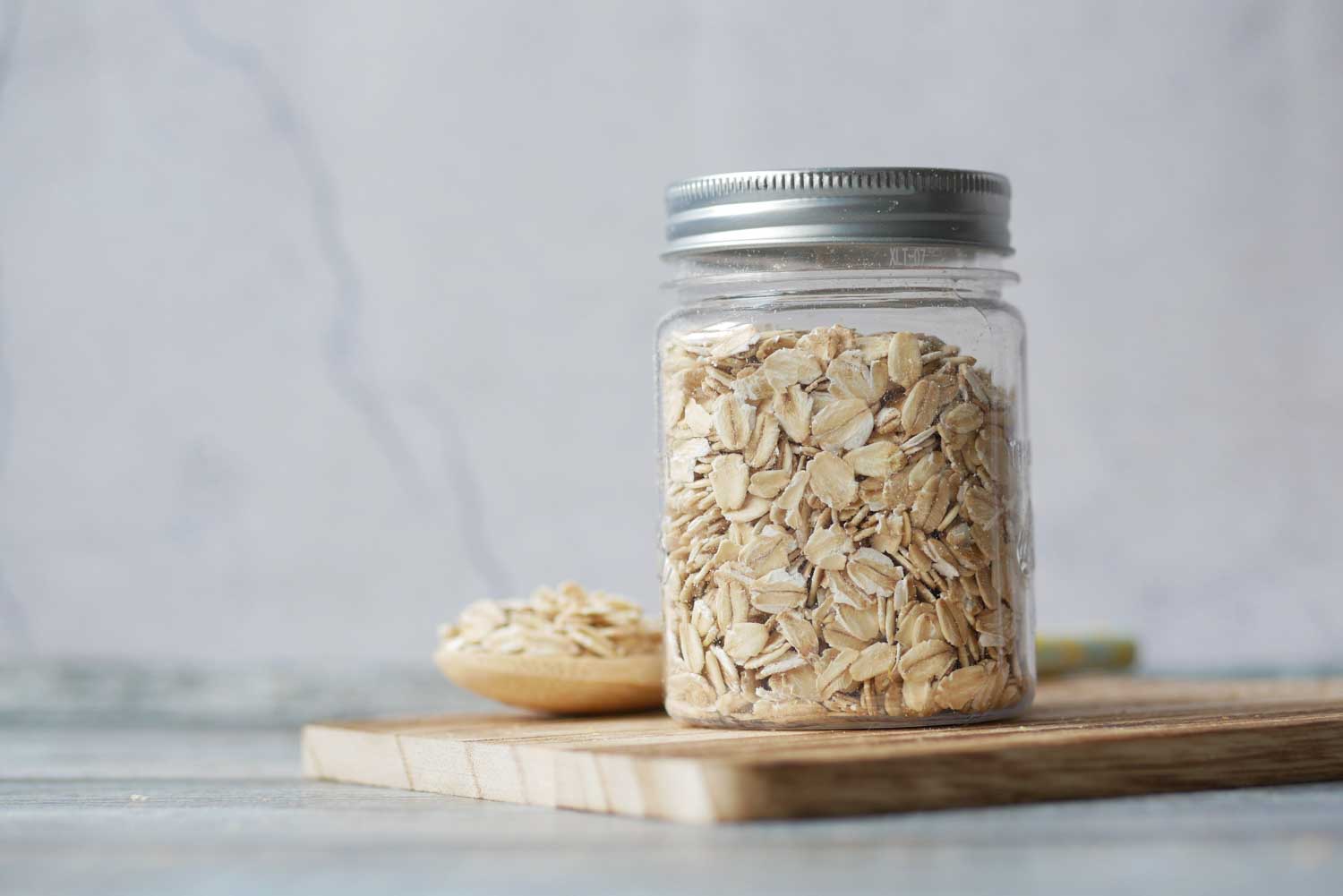
Are oats low FODMAP?
Yes, oats are low FODMAP. In this blog, I will explain more about the different types of oats and in what quantities you can eat them.
The amounts stated in the Monash University FODMAP app for oats require some explanation. There are quite a few different types of oats, so it is good to know which is which.
The low FODMAP amounts in the app also do not always seem to correspond for the different types of oats. I will explain more about that to you.

Which types of oats are there?
In the Monash University FODMAP app, you can find five different kinds of oats that have been tested:
Groats
These are basically just whole oat grains that have not been cut and crushed. You can sometimes find them peeled, but also unpeeled.
Steel cut oats
Steel-cut oats are also whole oat grains. They have usually been peeled and are cut into a few pieces. Apart from that they don’t differ much from groats.
Rolled oats or old-fashioned oats
Rolled oats, also called old-fashioned oats, are oats that have been peeled, then steamed, and rolled. So that they become flat flakes.
Rolled oats are often quite large flakes that you have to cook pretty long to make oatmeal. It often takes 20 minutes to half an hour to make a porridge with this.
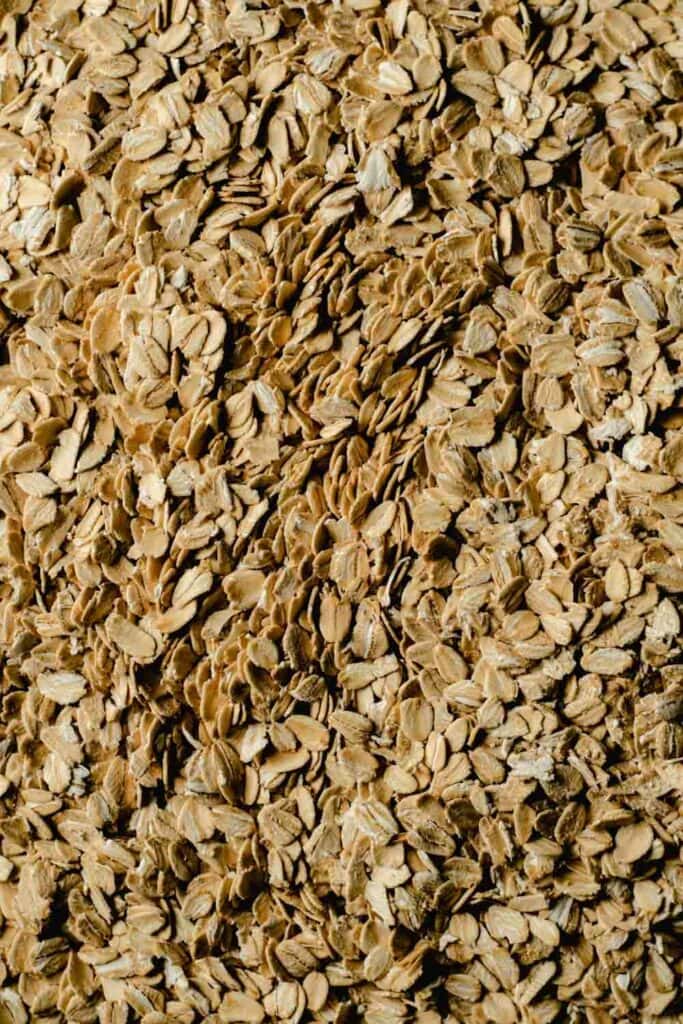
Quick oats
Quick oats are oats that have gone through the same process as rolled oats. But these oats are usually cut smaller so that you can cook them quicker.
They will turn soft a lot quicker than rolled oats. With these oats, you can cook oatmeal within 2-3 minutes of cooking.
Instant oats
Instant oats are very similar to quick oats but are made even finer, almost into a powder. You may know these from the instant oatmeal packages that you can find in the supermarket. You often only need to add some hot water or warm milk to make breakfast.
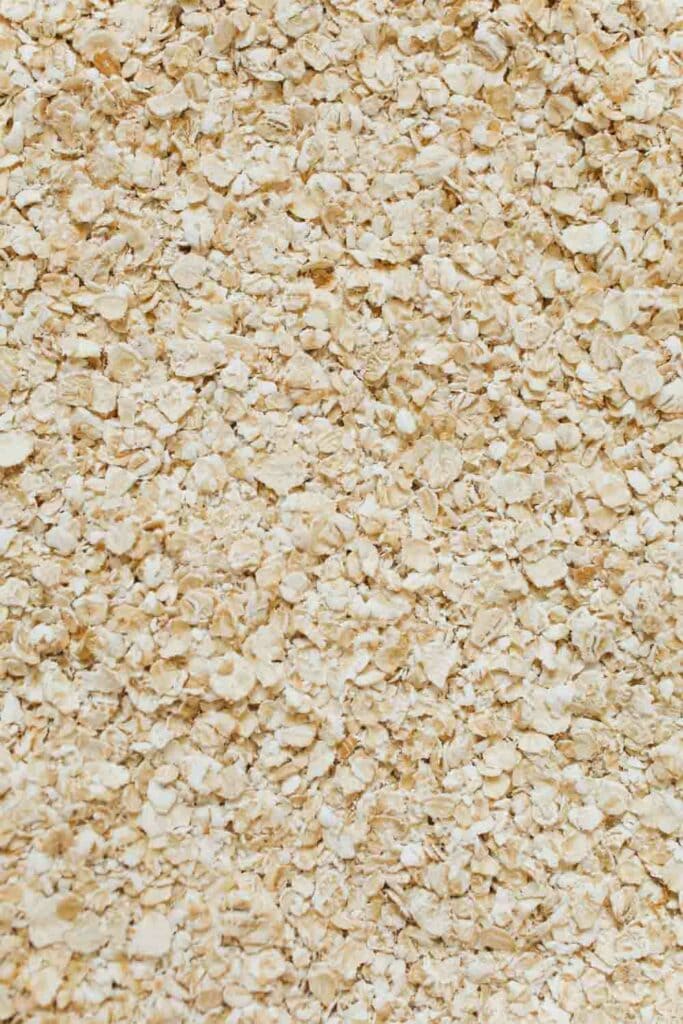
In what quantity can oats be eaten on the FODMAP diet?
The confusing thing in the Monash FODMAP app is that the same foods sometimes have different low FODMAP serving sizes.
If in doubt about what the correct amount is, I always recommend testing the lowest amount first. Is this going well? Then you can try a little more and test what your own tolerance level is.
Monash has tested quite a few different types of oats from the Quaker brand. These are some of the options that have been tested:
- Quaker Steel Cut Oats: 40 grams is low FODMAP.
- Quaker Old Fashioned Oats (also the gluten-free version): 40 grams is low FODMAP.
- Quaker Quick 1-Minute Oats (also the gluten-free version): 40 grams is low FODMAP.
- Quaker Instant Oatmeal: 28 grams is low FODMAP.
- Quaker Instant Oatmeal – Gluten Free: 35 grams is low FODMAP.
They also have general oats in the app where no specific brand is mentioned. Different brands are often tested for this and it is therefore possible that the amount that is low FODMAP differs from the amount of a specific brand that they tested:
- Quick oats: 23 grams is low FODMAP. At 47 grams per serving, this contains an average amount of galactans and fructans.
- Rolled oats: a serving of 52 grams is low FODMAP.
- Groats: a serving of 60 grams is low FODMAP. And Monash indicates that this only contains an average amount of galactans in a portion of 240 grams or more.
I find it strange that the Quaker quick oats are low FODMAP up to 40 grams and the general quick oats are only up to 23 grams.
As I said above, in a case like this it is good to test for yourself how you react to a product. I expect that for most people 40 grams is a safe option. But it’s always good to test this.
I always use quick oats and I make my breakfast with 40 grams of oatmeal and that works just fine for me. So be sure to test whether that is also the case for you.
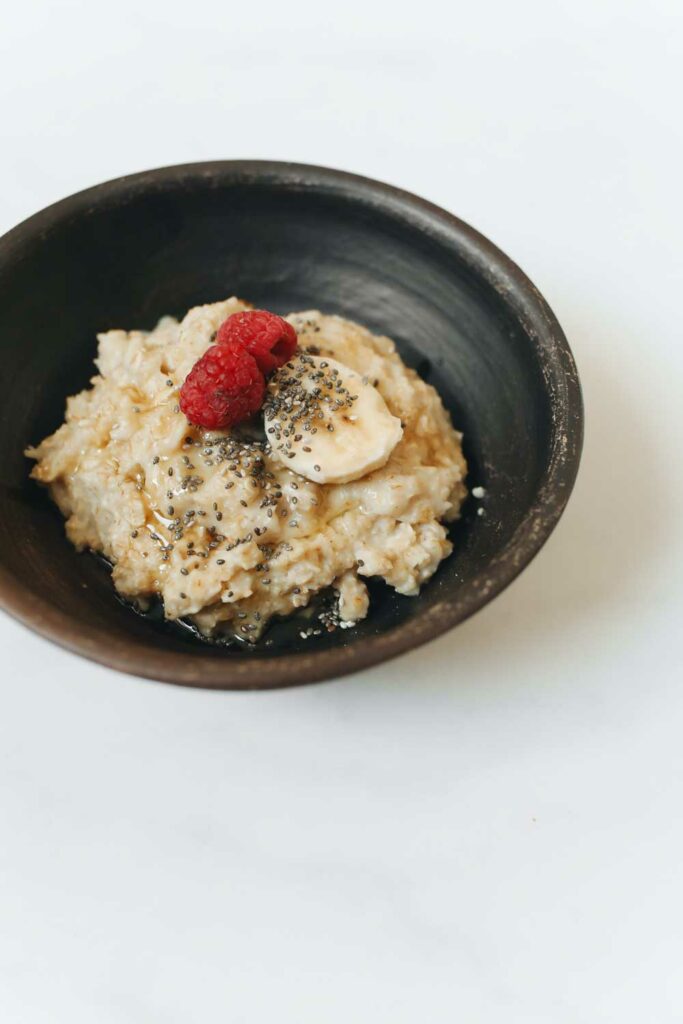
Should I eat gluten-free oats?
Monash University specifically mentions gluten-free oats in the app and you can also find gluten-free oats in the supermarket. Should you eat gluten-free oats when you follow the FODMAP diet?
Oats by themselves are a gluten-free grain. But oats are often contaminated with wheat, barley, and rye during the growth and production process. This makes it a risk to eat oats if you have Celiac disease.
Because of that, in Europe and the United States oat products may only be sold as gluten-free if they contain less than 20 ppm (mg/kg) of gluten. For this reason, you will find gluten-free oats on the gluten-free shelf in the supermarket.
And for common oats that are not in the free-from department, you can’t be sure that they haven’t been contaminated with gluten.
If you have Celiac disease, it is best to choose gluten-free oats.
For the FODMAP diet, contamination with products containing gluten is not a problem, because the FODMAP diet is not a gluten-free diet.
So with the FODMAP diet, it doesn’t matter which type of oats you choose.
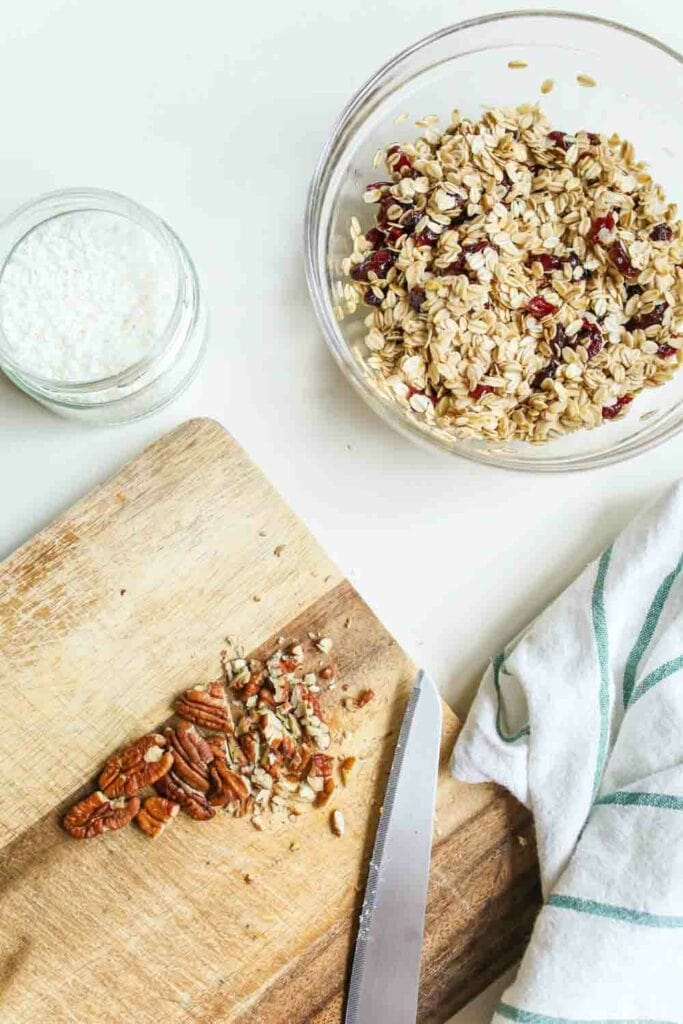
Low FODMAP recipes with oats
So you can enjoy a delicious oatmeal during the FODMAP diet. And besides oatmeal porridge, you can make many more tasty recipes with oats.
Below you will find a selection of the yummiest low FODMAP recipes with oats from Karlijn’s Kitchen:
- Snickers oatmeal
- Chocolate overnight oats
- Pumpkin spice oat cookies
- Blueberry baked oats
- Banana oat cookies
- Healthy pumpkin granola
What is your favorite way to use oats in a recipe?
Other blogs about the FODMAPs in foods
Would you like to read more about whether certain foods are low FODMAP and in what quantities? Check out the articles below:
Fruits and vegetables
- Are tomatoes low FODMAP?
- Is bell pepper low FODMAP?
- Is coconut low FODMAP?
- Are bananas low FODMAP?
- Are mushrooms low FODMAP?
- Is broccoli low FODMAP?
- Is kale low FODMAP?
- Is spinach low FODMAP?
- Is corn low FODMAP?
- Is avocado low FODMAP?
- Is sweet potato low FODMAP?
- Are pickles low FODMAP?
Dairy and grains
- Is rice low FODMAP?
- Is quinoa low FODMAP?
- What bread is low FODMAP?
- Which milk is low FODMAP?
- What cheeses are low FODMAP?
- Is butter low FODMAP?
